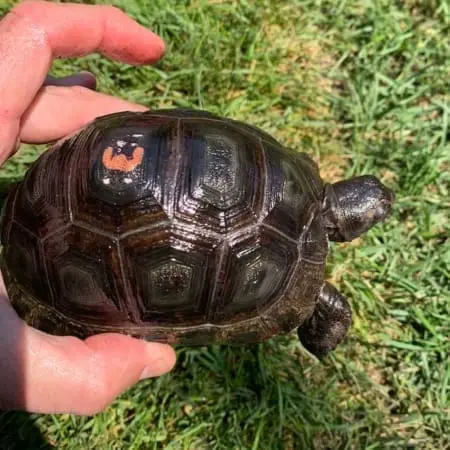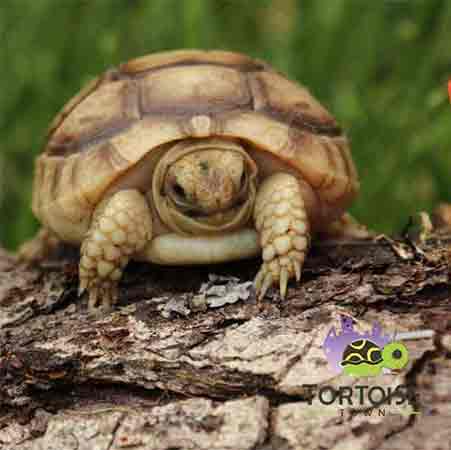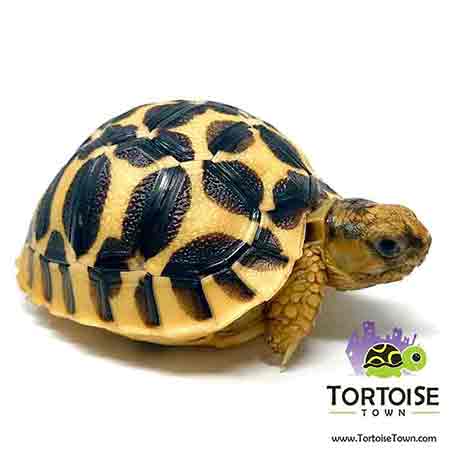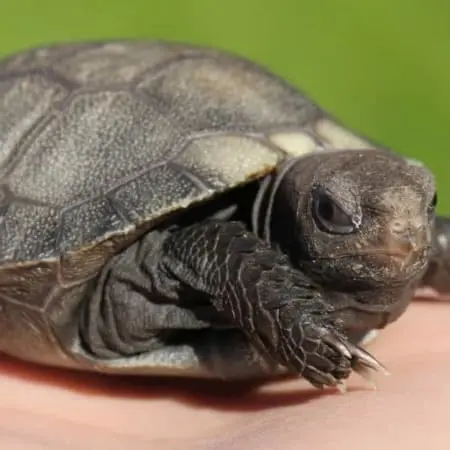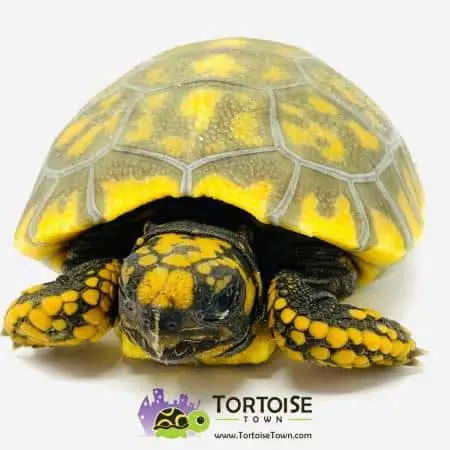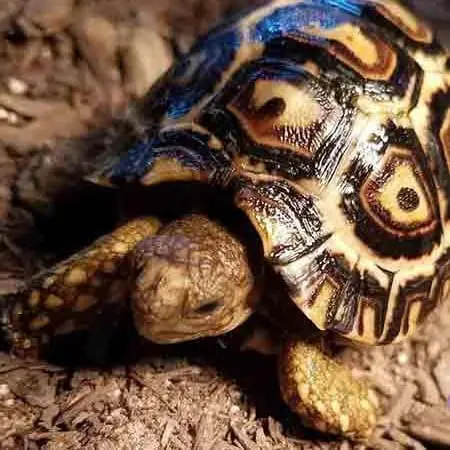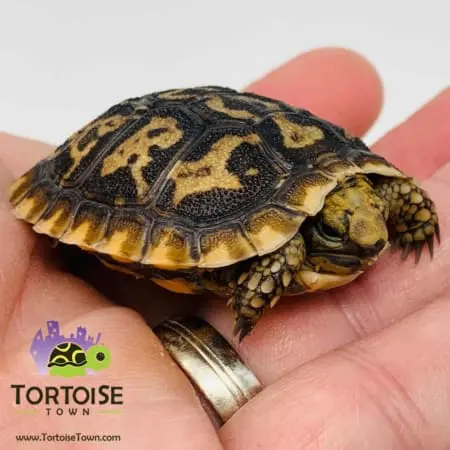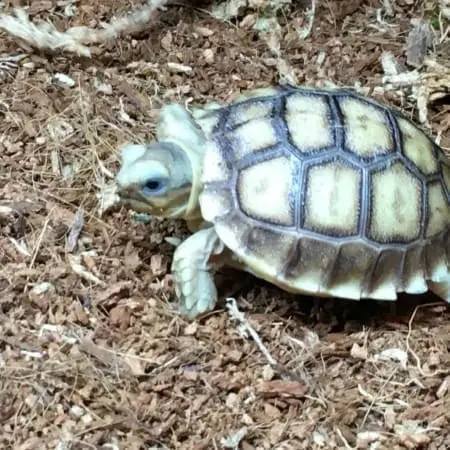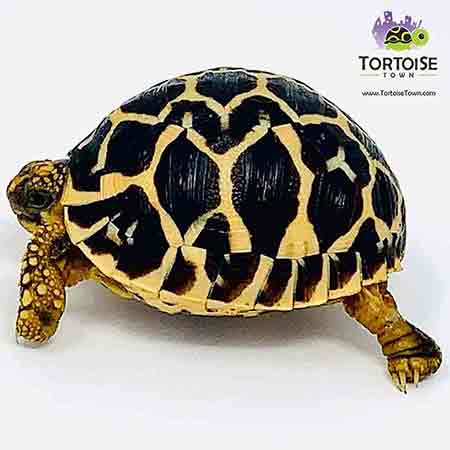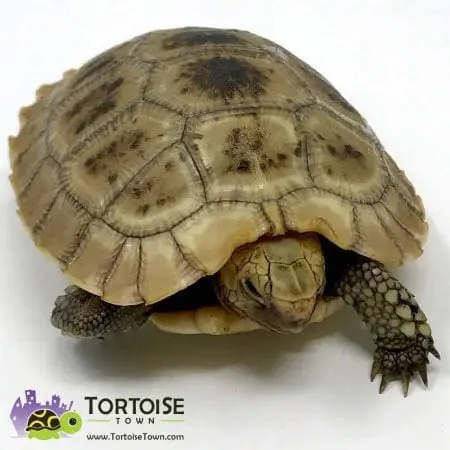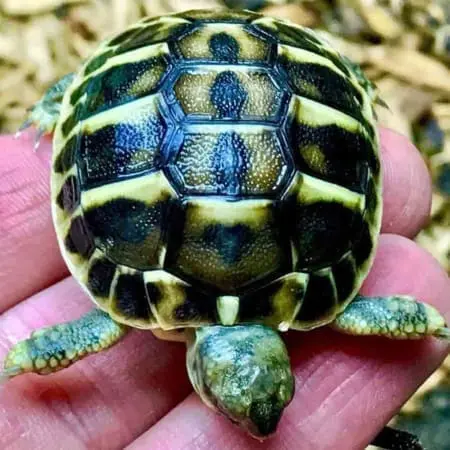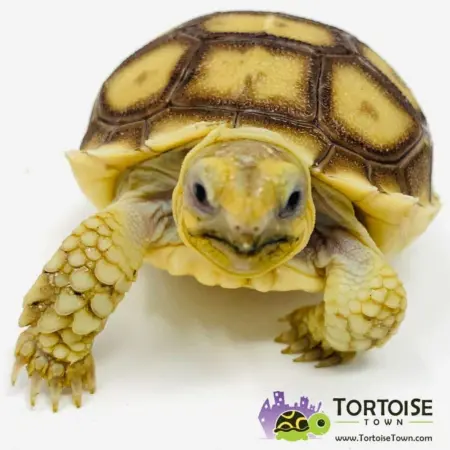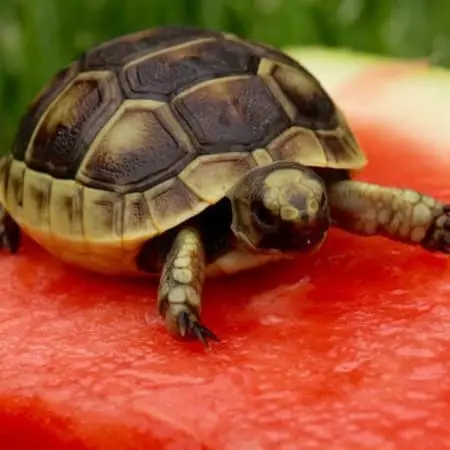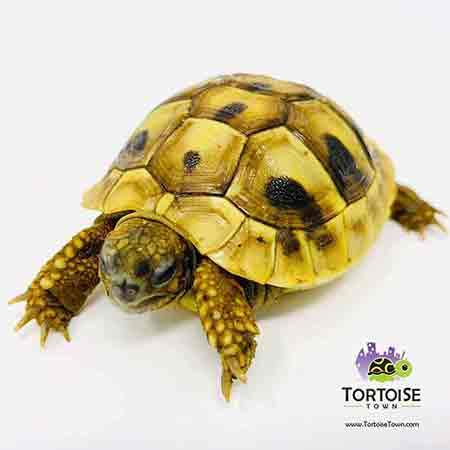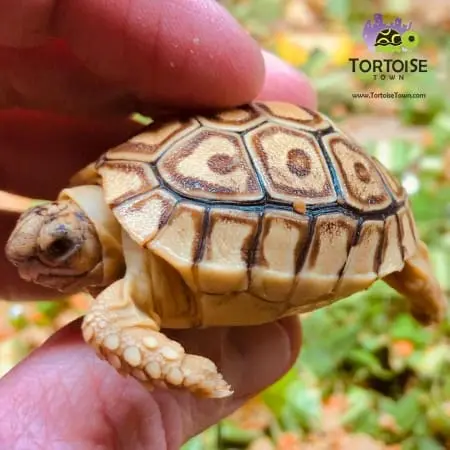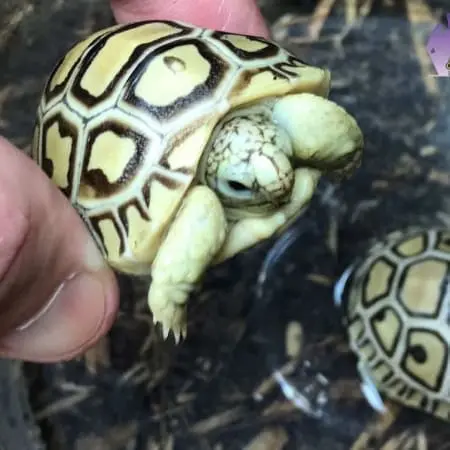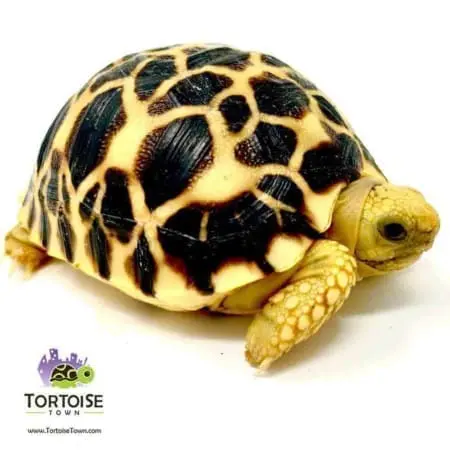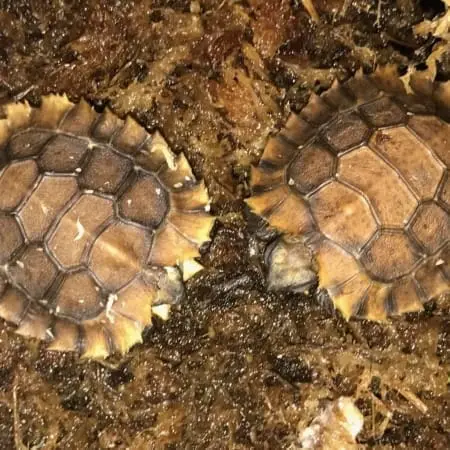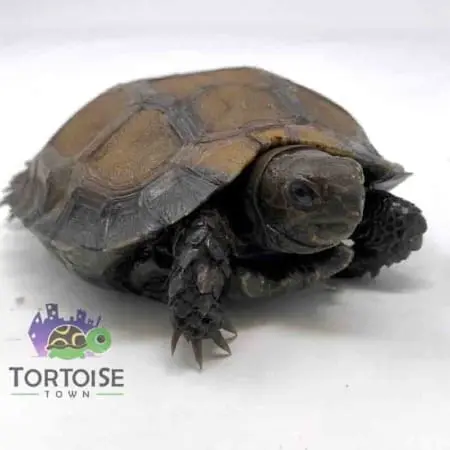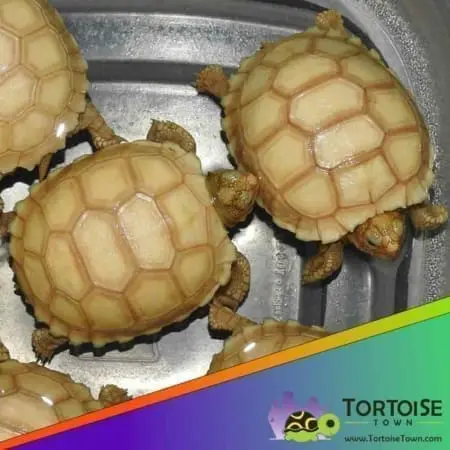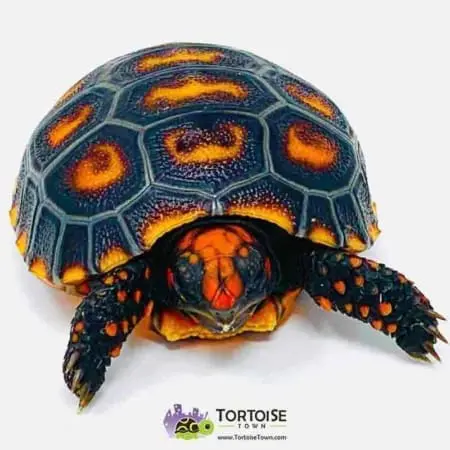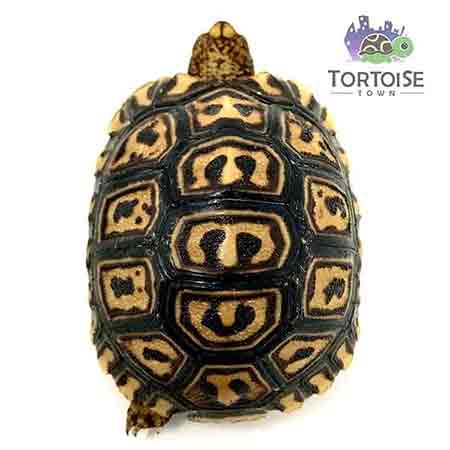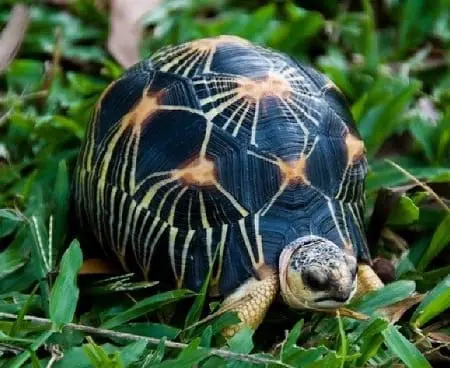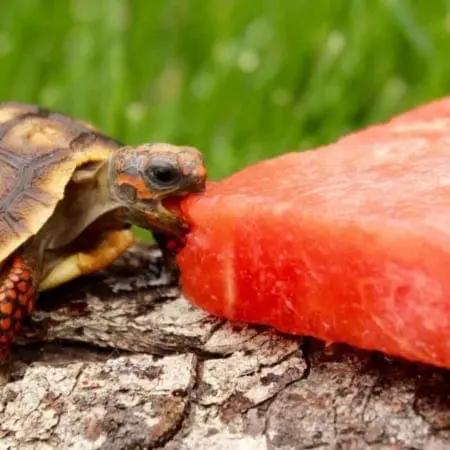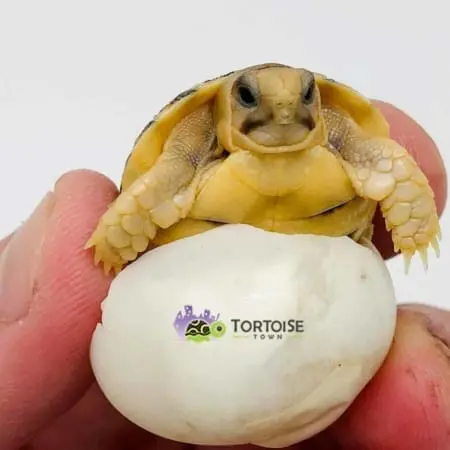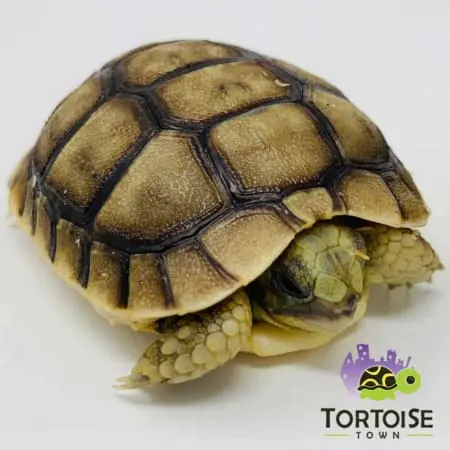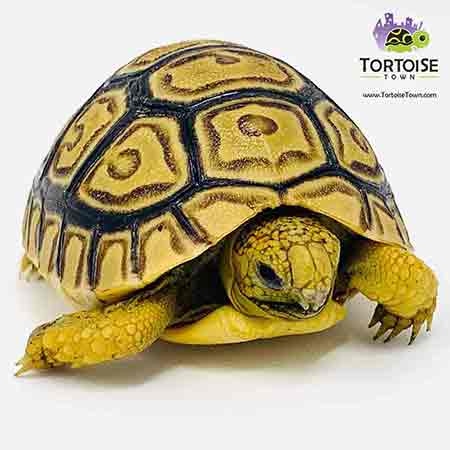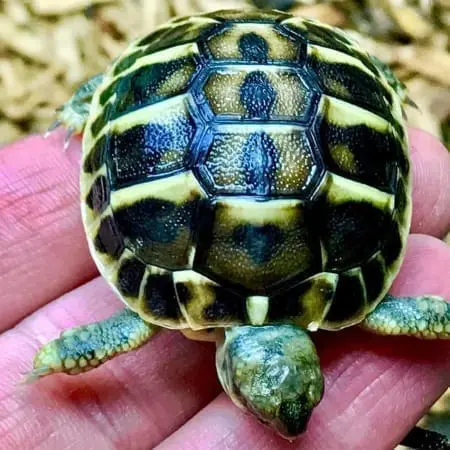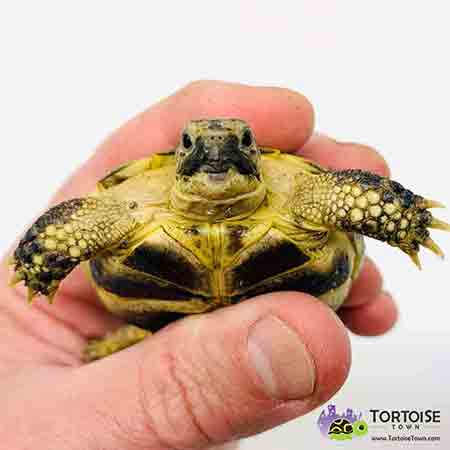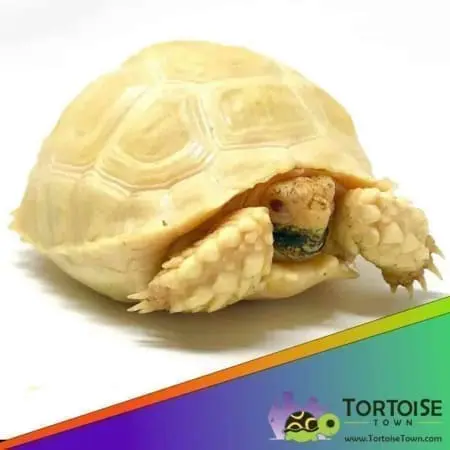Edible plants for tortoises
(Tortoise Safe Plants & Tortoise Safe weeds)
Be careful to avoid picking plants from areas contaminated by lead (from vehicle exhausts) or from areas which may have been subjected to chemical spraying.
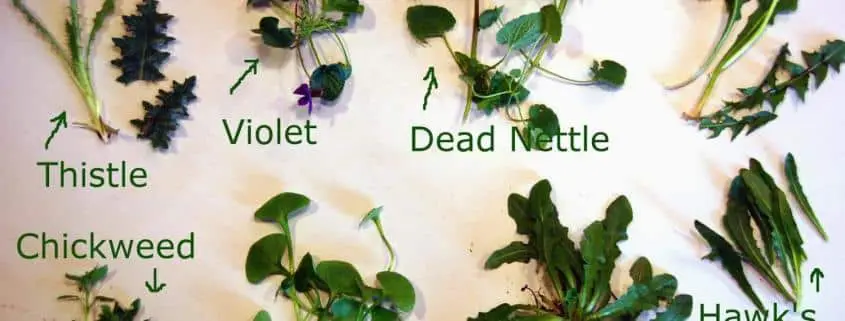
Recommended basic food plants:
- Dandelion (Taraxacum officianale)
- Hawkbits (Leontodon spp.)
- Sowthistles (Sonchus spp.)
- Hawkweeds (Pictis spp.)
- Hawkbeards (Crepis spp.)
- Plantains (Plantago spp.)
- Clovers (Trifolium spp.)
- Honeysuckle (Lonicera periclymenum) [preferred by T. hermanni]
- Cat’s ears (Hypochoeris spp.)
- Vetches (Vicina spp.)
- Trefoils (Lotus spp.)
- Mallows (Malva spp.)
- Bindweeds (Calystegia spp.)
- Sedums (Sedum spp.)
- Ivy-leaved Toadflax (Cymbalaria muralis)
- Also (observed eaten by T. hermanni and T. marginata in Greece):
- Robinia (pseudo-acacia) leaves
- Wild clematis
- Acanthus
- Nettles
In practice, the important thing is to provide a variety of fresh ‘natural’ graze. This is vastly superior to ‘supermarket salads’ and will supply a far greater range of minerals and essential trace elements. The fiber content will also be far high than ‘commercial’ salads. If you can manage to grow some of these plants in your tortoise enclosure your tortoises will certainly appreciate your efforts. Not only Mediterranean tortoises will benefit from a healthier diet. Ashley Woods, a Tortoise Trust member who keeps and breeds leopard tortoises (Geochelone pardalis), includes several wild plants in their daily die:
“This is a summary of a diet regime adopted by myself for a breeding colony of Geochelone pardalis babcocki held in my collection, it is also used with success for other species including all Testudo species and Geochelone sulcata (African spurred tortoise). Many suggested captive diets are all too low in one factor - fiber. Leopard tortoises must have a high fiber intake. During spring, summer and early Autumn all my tortoises are fed a diet of 85% wild greens and flowers, commercial greens and fruits are offered as a treat, usually on a once weekly basis. Wild food is not only high in fiber but also has the correct calcium/phosphorus ratio. When collecting wild foods take care of pesticides, try to be familiar with your local area and have ‘safe’ places for collecting. Also try to leave the roots intact so the plant can recover and grow again.
Various types of tortoises enjoy weeds, plants and other edible greens. You can feed these types of plants to the following species: Sulcata tortoise, leopard tortoise, indian star tortoise, aldabra tortoise, burmese star tortoise, russian tortoise, greek tortoise, hermann’s tortoise, egyptian tortoise, pancake tortoises and most other species of tortoise for sale.
Please note this list is in addition to a large free range area where animals can graze and browse on various grasses and clovers – grass is a very important factor in the diet of leopard and sulcata tortoises, for example. Don’t forget Mazuri tortoise chow, as a 2-3 day a week staple!
- Dandelion (Taraxacum officinale) leaves, stems and flowers.
- Red clover (Trifolium pratence) leaves, stems & flowers
- White clover (Trifolium repens) leaves, stems and flowers.
- Greater Plantain (Plantago media)
- Ribgrass or Ribwart Plantian (Plantago lancealata)
- Smooth Sow Thistle (Sonchus oleraceus) leaves, stems & flowers
- Prickly Sow Thistle (Sonchus asper) coarsely or finely chopped.
- White-Dead Nettle * (Lamilim album)
- Red-Dead Nettle (Lamium pupureum)
- Chickweed * (Stelaria media)
- Smooth hawks-beard (Crepis capilloris) leaves & flower
- Hedge mustard (Sisymbrium offlcinale) young plants
- Bramble (Rubus fruticosus) shoots, tender leaves & fruit.

